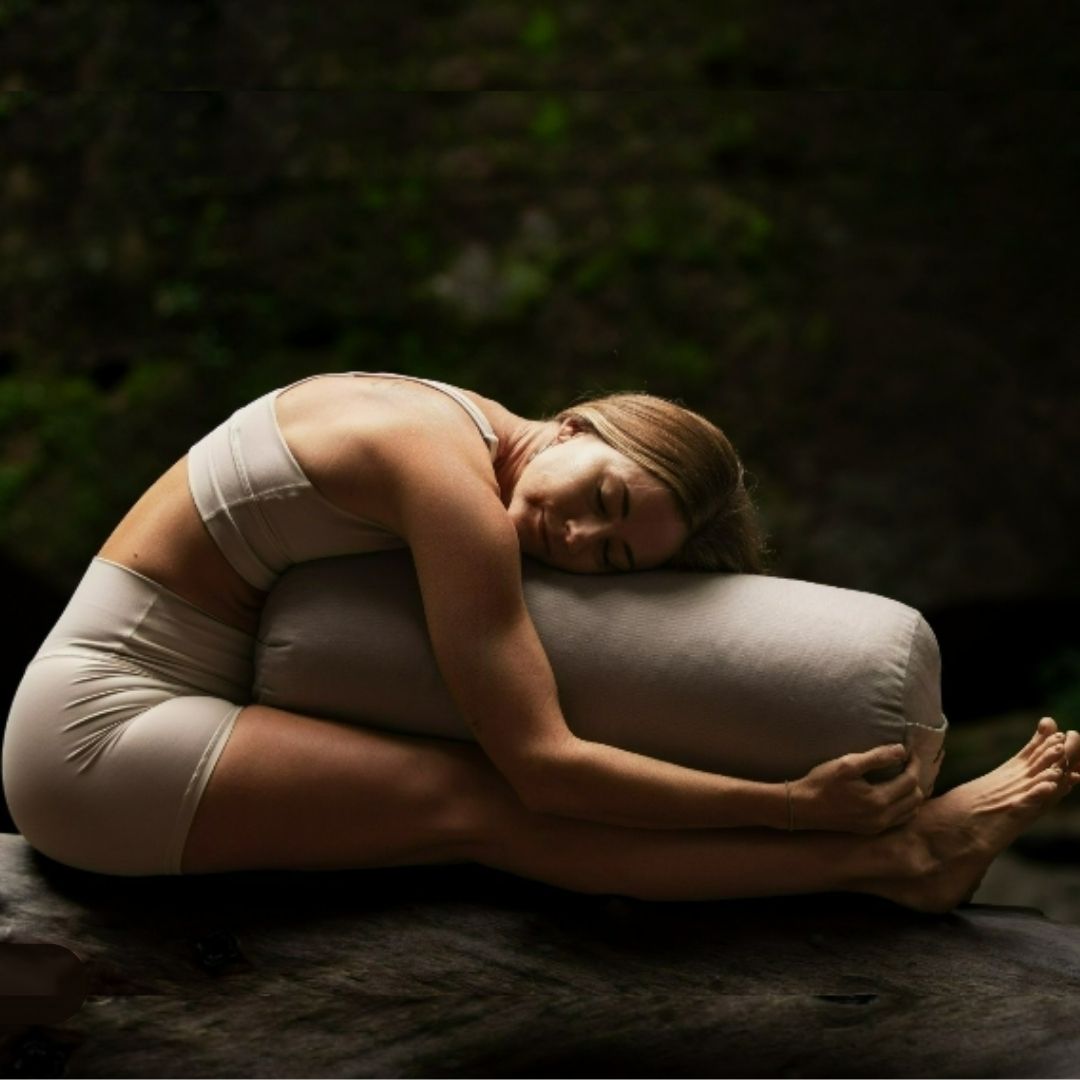Now, if you just read our previous blog on the benefits of cork yoga mats, you might be wondering how to take care of it. Cork yoga mats are sustainable, durable, and naturally antimicrobial, but like any essential yoga tool, they need proper care to maintain their quality. Here’s everything you need to know about washing your cork yoga mat to keep it fresh and ready for practice.
Why Cork Yoga Mats Are Easy to Maintain
One of the biggest advantages of cork yoga mats is their natural resistance to bacteria, mold, and odors. The material is antimicrobial, meaning it doesn’t absorb moisture or harbor germs like synthetic mats. This feature makes cork yoga mats from Rekindi, available throughout Australia, easier to clean and maintain.
However, over time, sweat, dust, and oils can build up, so regular cleaning is still essential to prolong the life of your mat and ensure a hygienic practice space.
Step-by-Step Guide to Cleaning Your Cork Yoga Mat
1. Prepare a Gentle Cleaning Solution To clean your cork mat, start by preparing a mild cleaning solution. All you need is:
- A spray bottle filled with water.
- A few drops of gentle, natural soap (avoid harsh chemicals or synthetic fragrances).
- Optional: a few drops of essential oils like tea tree or eucalyptus for extra antimicrobial properties and a fresh scent.
2. Spray and Wipe Down Lightly spray the solution onto the surface of the mat. Don’t drench the mat; cork is water-resistant, but excessive moisture can damage the backing over time. Use a soft cloth or microfiber towel to gently wipe down the mat, focusing on areas that get the most contact, like where your hands and feet rest during poses.
3. Spot Clean Stubborn Marks For tougher spots or stains, you can apply a little more of the cleaning solution directly onto the area and gently scrub with a soft cloth. Avoid using abrasive materials or scrubbers, as they can scratch the cork surface.
4. Let It Air Dry After wiping down the mat, let it air dry completely before rolling it up. Lay it flat in a shaded, well-ventilated area—avoid direct sunlight, as excessive exposure can cause the cork to dry out or fade over time.
How Often Should You Clean Your Cork Yoga Mat?
Depending on how often you practice, you should aim to give your cork yoga mat a light clean once a week. If you’re practicing in hot or humid conditions (like many parts of Australia), or if you sweat a lot during your sessions, you might want to clean it more frequently to prevent any build-up of oils or dirt.
For a deep clean, every couple of months, you can follow the same process but be a little more thorough with the cleaning solution. Just remember, less is more with cork mats—using too much soap or water can reduce the lifespan of the mat.
Why Choose Cork for Sustainable Yoga Practices?
At Rekindi, we’re committed to supporting eco-conscious yogis across Australia. Our cork yoga mats are made from sustainably harvested cork, a renewable resource that doesn’t harm the trees. By choosing cork, you're investing in a product that not only supports your practice but also helps protect the environment.
In addition to being eco-friendly, cork provides a stable, non-slip surface that actually improves with sweat. So as you care for your cork mat, it will continue to care for you, supporting your balance, grounding, and overall practice.
Conclusion
Proper care for your cork yoga mat ensures that it stays fresh, clean, and durable for years to come. With regular maintenance, you’ll enjoy the natural benefits of cork, from its antimicrobial properties to its eco-friendly nature. So, take a moment after every practice to give your mat a gentle clean—it’s a small ritual that enhances your yoga journey.
For more insights into sustainable yoga products and practices, be sure to revisit our previous blog: Cork Yoga Mat and Block in Australia – Sustainable Yoga Essentials. If you're looking for eco-friendly yoga gear in Australia, explore our cork mat range at Rekindi, and ground yourself in nature with every pose.


